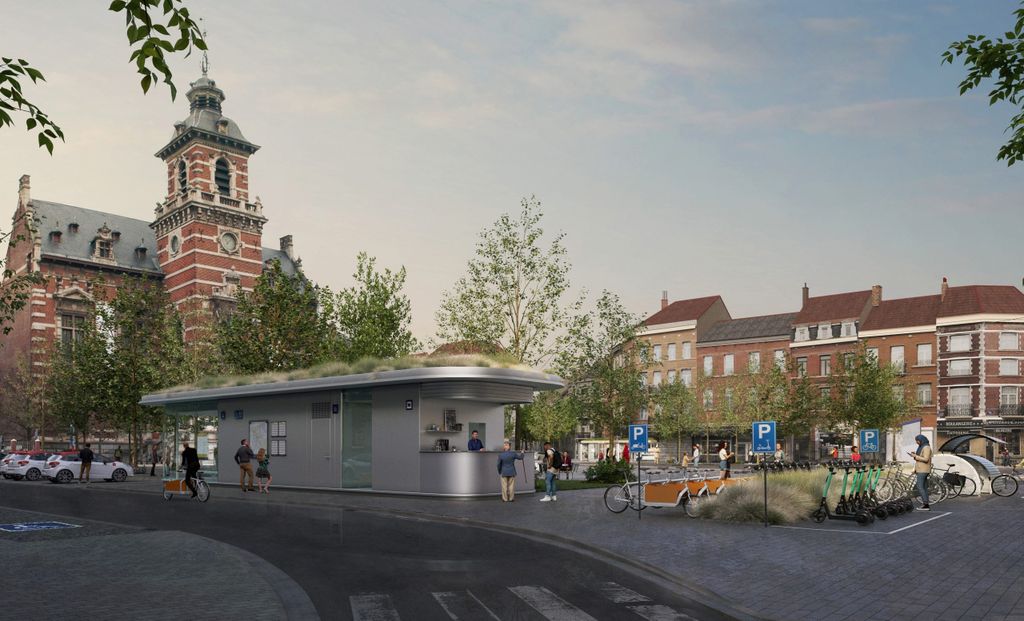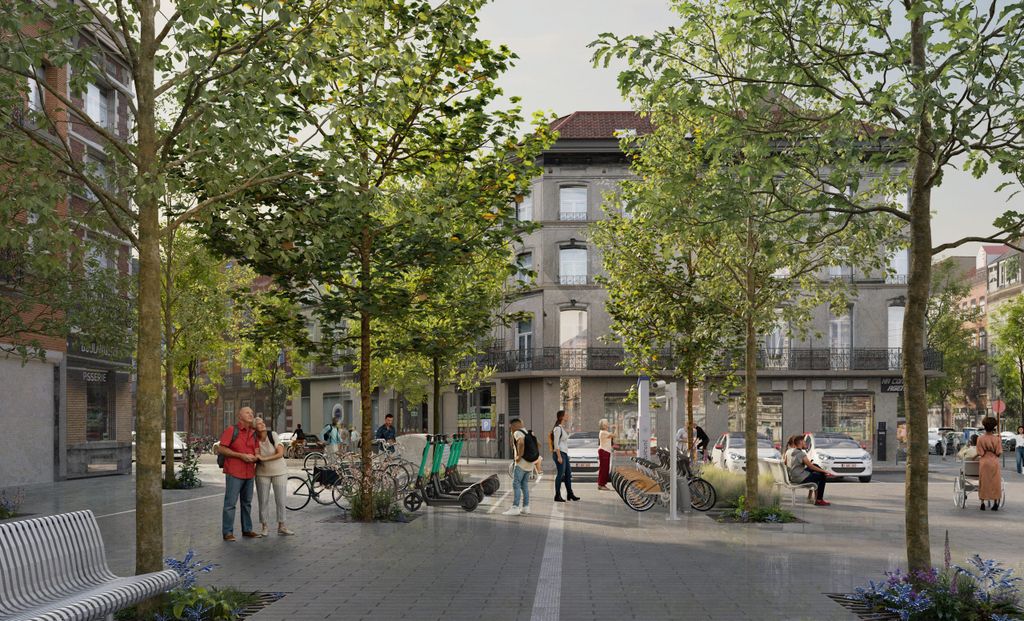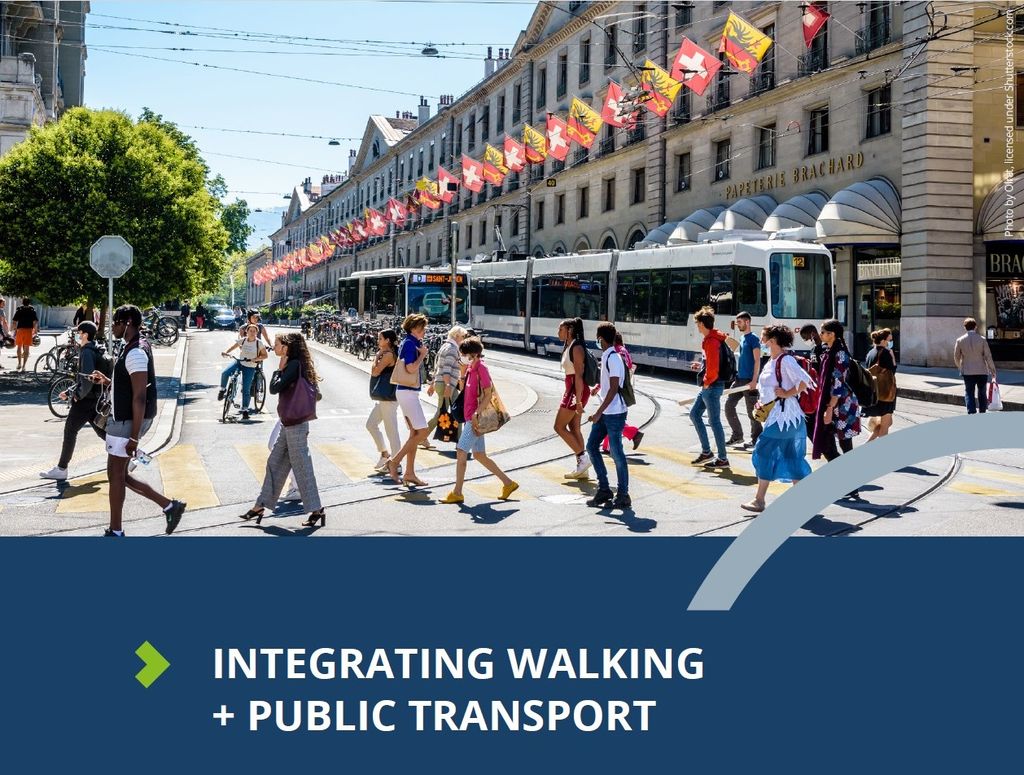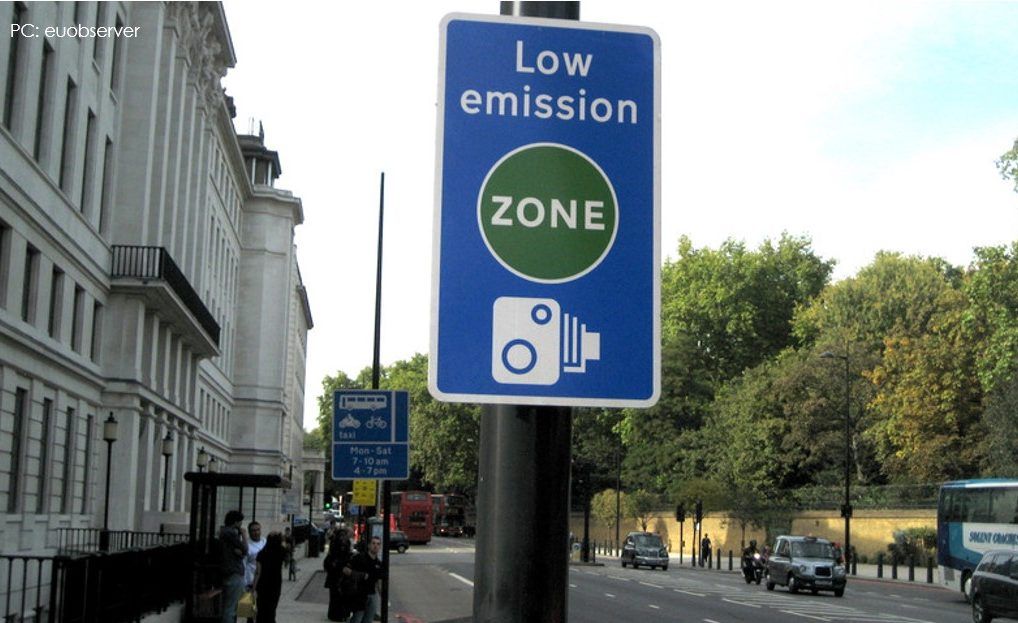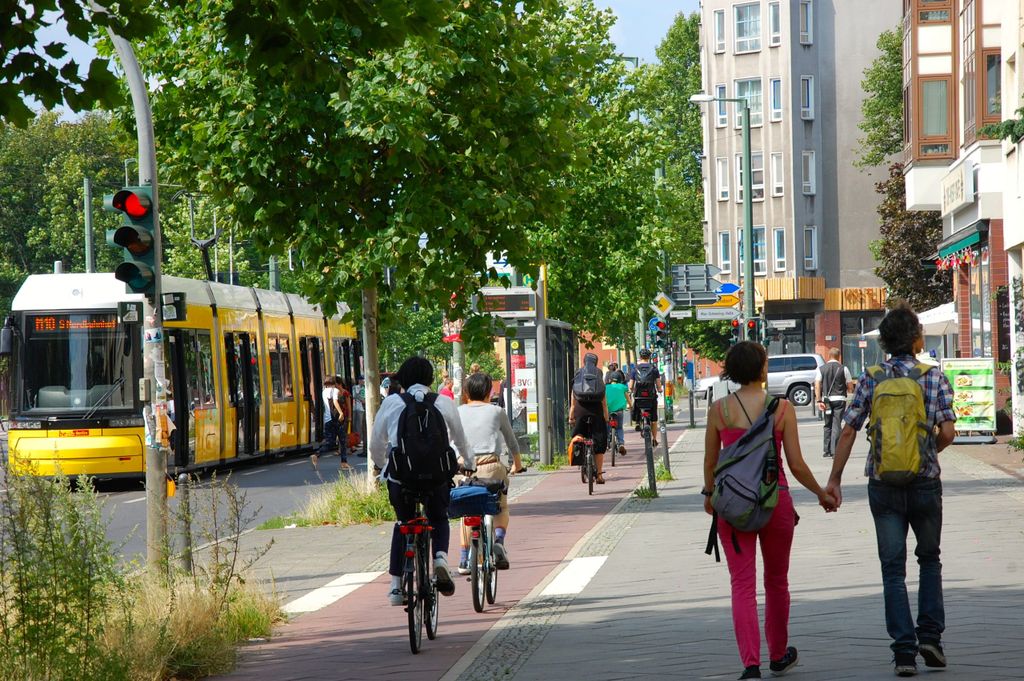
Mobility hubs: Steering the shift towards integrated sustainable mobility
Realistic alternatives to owning a car and services to reduce the need to travel farther
A central train station. A multimodal park&ride. A village market square with electric scooter parking. A carsharing station next to a bus stop next to bike parking space in your neighbourhood. These are all mobility hubs.
And, despite their clear difference in scale, they all have one thing in common: they offer physical integration of different mobility options, with a clear focus on public transport, shared and active mobility, support multimodal infrastructures such as charging points while providing safe, accessible and attractive places for people with facilities such as playgrounds, coffee shops, or simply public toilets.

But, why are mobility hub so important? City centres are congested with vehicles and street furniture, while low population density areas offer few mobility options. Cities and regions require a much-needed mobility transformation. Moving away from the dominant private car model of the 20th century, mobility hubs can contribute to a shift towards desirable low-carbon mobility. They provide realistic alternatives to owning a car as well as providing services to communities, which in turn reduces the need to travel farther distances.
In Europe, the European Commission is considering requiring more than 400 urban areas (known as ‘urban nodes’) to develop ‘multimodal passengers hubs’ in order to improve first- and last-mile connections and to enhance long-distance connectivity.
Strengthening public transport systems: Maximising access to mobility and transfer between modes
Mobility hubs maximise access to mobility and other resources, while ensuring a transfer between modes for first- and last-mile connectivity.
Cities such as Vienna, Hamburg and Breman have used mobility hubs to reduce the dependence of private cars by strategically providing carsharing services. These services additionally reduce the demand for on-street parking, strengthen public transport and local retailing and give back public space to people.
In the Dutch Province of Drenthe-Groningen, rural mobility hubs have led to better integration of new modes such as Demand-responsive transport and carpooling with the cycling infrastructure.
Mobility hubs come in a range of shapes and sizes. Your city may have one main interchange hub but dozens of neighbourhood hubs. And, if well-coordinated and adapted to their local surroundings, they will act as a supportive network which offers a real alternative to the private, individual car and strengthen public transport.
There is no need for mass public transport to be in all hubs: smaller hubs can help connect with bigger hubs (by enlarging public transport catchment areas) and can provide alternatives to private cars that in turn bring more people to public transport systems.

Mobility hubs provide cities with a powerful tool to efficiently reorganise space for people and not for private cars. These hubs pave the way for 21st century low-carbon, multimodal mobility.
Policy recommendations for Mobility Hubs
UITP’s latest Policy Brief on Mobility Hubs calls for decision makers to work with public transport operators and service providers to develop integrated mobility hubs that work for everyone.
By focusing on making active, shared and public travel modes the simplest choice for people, mobility hubs can deliver wider benefits and unite different stakeholders, including residents, in the transition to sustainable mobility.
Yet, they require a regulatory framework which balances the volatile shared mobility market while still being flexible to adapt to changing needs. Clear responsibilities between stakeholders must be established. Multilateral commitments for a stable, long-term offer means integrating hubs into other urban development plans.
That’s why authorities and public transport operators are called to take strong leadership, especially on the branding, design and communication and a coordination role to build and orchestrate a network of mobility hubs, possibly including privately-run hubs from other sectors such as parking, energy and housing.

Bright light of the city
As the UITP Global Public Transport Summit draws closer, we explore the innovations, research, and the people behind our six themes.
This article falls within the theme of Innovative and Resilient Operations. Discover the other themes and programme of the 2023 UITP Summit on uitpsummit.org!
The UITP Global Public Transport Summit is the world’s biggest event dedicated to sustainable mobility which brings together all transport modes, industry authorities and operators, as well as exhibitors. Under the theme “Bright Light of the City”, access a wide range of thematic sessions, knowledge and networking opportunities in Barcelona from 4 to 7 June.

